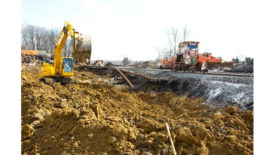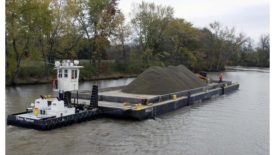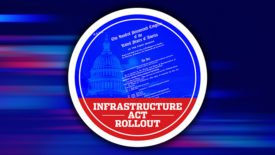Home » Keywords: » environmental cleanup
Items Tagged with 'environmental cleanup'
ARTICLES
Environment
Area is considered one of the most polluted in the U.S.
Read More
Environment
Infrastructure Law Funds Will Speed Great Lakes Cleanups
EPA to use most of the funds to reduce region's number of 'areas of concern'
Read More
Environment
Biden Administration Sets Framework to Fund $4.7B US Orphan Well Cleanup
Federal task force will prioritize abandoned oil-gas wells that pose most risk to environment, public health
Read More
The latest news and information
#1 Source for Construction News, Data, Rankings, Analysis, and Commentary
JOIN ENR UNLIMITEDCopyright ©2024. All Rights Reserved BNP Media.
Design, CMS, Hosting & Web Development :: ePublishing












